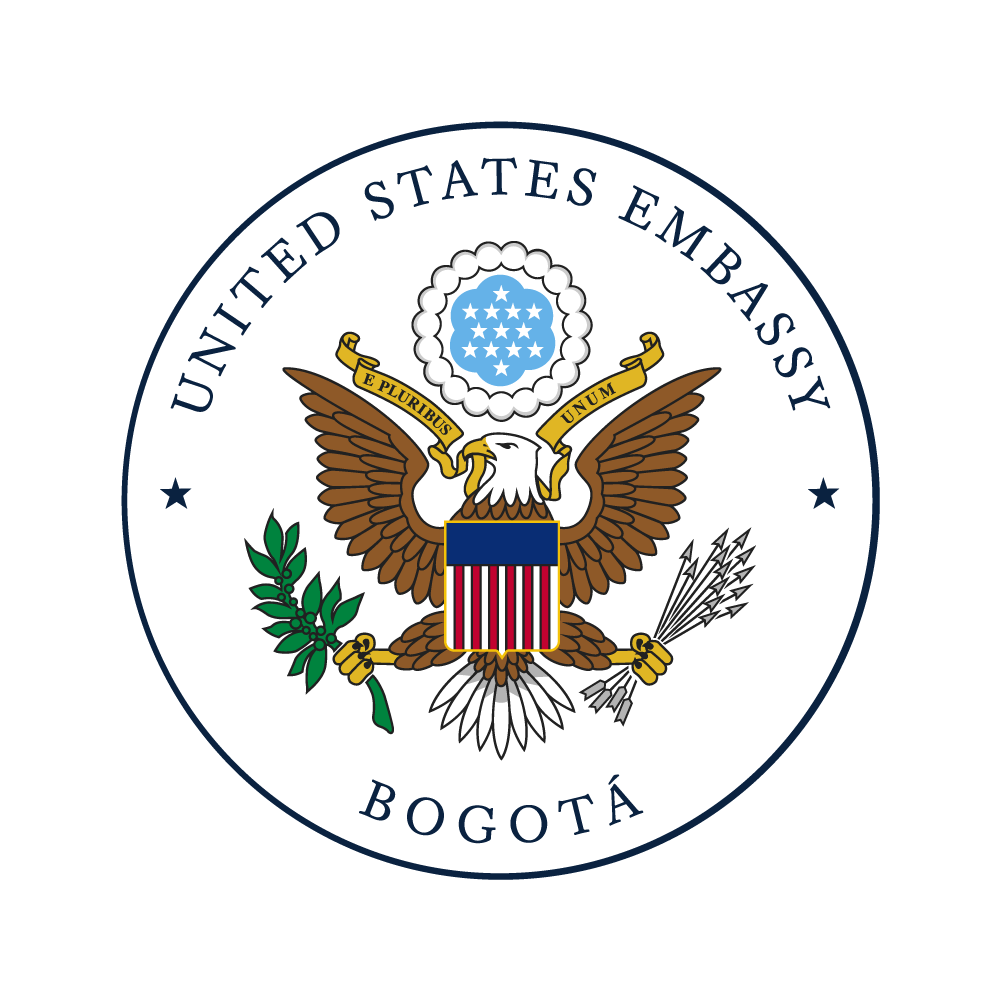Title Page
-
Document No.
-
Audit Title
-
Client / Site
-
Conducted on
-
Prepared by
-
Location
-
Personnel
-
10.2.5 Facilities Inspection and Maintenance Program Specifics
-
Envelopes
-
Annually, the structural inspector should perform a complete structural envelope inspection using a checklist and a set of instructions.
-
Roofs
-
Annually, a roof inspector should perform a complete roof inspection on each building. The roof inspector should submit inspection forms, complete with findings and repair cost estimates to the director, FMD, for approval and subsequent actions.
-
Moisture Meter
-
Every other year, moisture meter tests should be performed on each major flat roof. These tests are performed to establish benchmark data and to pinpoint problem before break-downs.
-
Sprinkler Inspections
-
Quarterly, in-house personnel should perform sprinkler inspections entailing complete checks of flow and tamper switches, alarms, etc. The discovered problems should be reported and processed as "emergencies" in the maintenance management system.
-
Relamping
-
Performed, as required on a case-by-case basis, using in-house personnel.
-
Switchboards
-
Every 3 years, contract personnel perform switch-board inspections on systems over 1000 A. The inspections should be controlled by FMD documents.
-
Motor Control Centers
-
Performed every 3 years by contract personnel, testing and maintaining contacts and heat sensors. The testing and maintaining should be controlled by FMD documents.
-
Emergency Generators
-
In-house personnel, controlled by check-lists, perform the following listed takes on the diesel generators:
-
Weekly: check all gauges, connections, batteries and fluids
-
Monthly: perform a complete operational check under load
-
Emergency Generators:
-
Weekly, in-house personnel, controlled by check-lists, perform complete system checks on gasoline generators.
-
Emergency Battery Packs
-
Monthly, in-house personnel, controlled by checklists, test and check for voltage and specific gravity.
-
Trash Chutes
-
Quarterly, in-house personnel, controlled by checklists, test and repair trash chutes.
-
Fire Alarm Systems
-
Annually, in-house and erroneous, controlled by FMD documents, test and repair fire alarm systems by activating each station and monitoring alarms, bells, and panels. Necessary repairs are performed as follow-ups on an emergency basis.
-
Elevators
-
Weekly, biweekly, or monthly, contract personnel, controlled by FMD documents and specifications, perform maintenance and/or repairs as needed.
-
Burglar Alarm Systems
-
Monthly, in-house personnel test each burglar system and perform repairs as needed.
-
Fume Hoods
-
Annually, contractor personnel test and certify all fume hoods and exhaust systems for proper velocity and pressure.
-
Smoke Detectors
-
Semiannually, in-house personnel, controlled by checklists, inspect, test, or repair smoke detectors as required.
-
Sprinkler Systems
-
Monthly, in-house personnel, controlled by checklists, perform preventive maintenance on wet systems and water motor gongs. Weekly (twice a week in freezing weather) on dry systems.
-
Irrigation Systems
-
Twice a year, in-house personnel, controlled by checklists, inspect and repair irrigation systems. Systems should be charged in the spring and made ready for the watering season and winterized in the fall.
-
Halon Systems
-
Annually, contract personnel with in-house assistance maintain Halon systems.
-
Painting
-
On a recurring 5-year basis, paint all buildings.
-
Clocks
-
In-house personnel reset clocks in April and November to reflect the changes from EST to DST.
-
Site Drains
-
Quarterly, using in-house personnel, inspect and clean, as necessary, site drains.
-
Water Heaters
-
Annually, in-house personnel perform routine maintenance on large-capacity gas-fired water heaters.
-
Uninterruptible Power Supplies
-
As required, contract personnel maintains uninterruptible power supplies in PBX rooms.
-
Find/Fix Building Interiors
-
Three times a year, in-house personnel, directed and controlled by checklists, inspect and repair building interiors.
-
Find/Fix on Eyewashes and Safety Showers
-
Twice a year, in-house personnel, controlled by checklists, inspect Eyewashes and safety showers for pressure and water volume.
-
Lightning-Suppression Systems
-
Annually, in-house personnel, controlled by checklists, inspect lightning-suppression systems for ground and continuity.
-
Acid Tank Find/Fix
-
Twice a year, in-house personnel, controlled by checklists, inspect and repair acid neutralizing tanks.
-
10.3 Equipment and Systems Maintenance and Repair Procedures
-
10.3.1
-
Formal written job takes should be established for each type of equipment and system in the facility's PMP. The tasks should be written so as to ensure that each particular job task can be performed on more than one equipment or system item. Figures 10.1 through 10.50, inclusive, show typical task descriptions for a representative range of equipment and systems. These figures are used with the Georgetown University's approval and are credited to Georgetown University. Each item or step of the job to be performed is listed with a description of the work to be done. The description of the job is laid out in a stepwise manner and written in terms that the mechanic doing the work can understand. The complete task is packaged, given a suitable reference number, and filed and referenced in such a manner so as to be easily retrievable - normally part of the computerized maintenance management system's PMP module.







